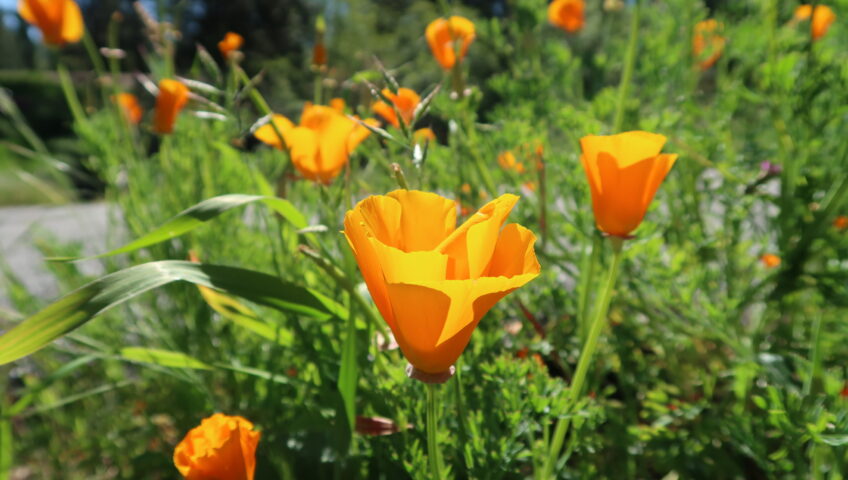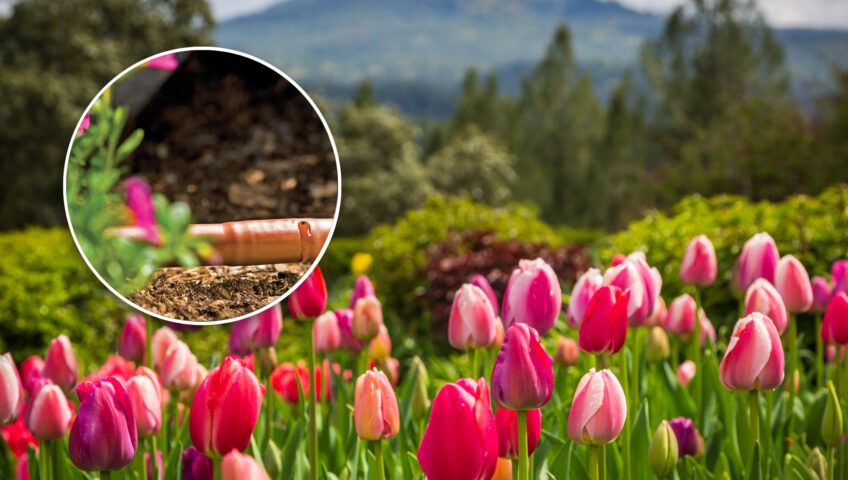
The Benefits of Incorporating California Natives in Your Landscape
Introducing California Native plants into your outdoor landscape will bring you so many benefits. These indigenous species not only add aesthetic appeal to your outdoor space but also offer the environment you need for your gardening endeavors. Let's dive into why planting California natives in your Northern California landscape is a choice is you won't regret.
Embracing the Natural Beauty of Northern California
Northern California is renowned for its stunning floral displays, from the golden hues of California poppies to the cheerful blooms of daffodils and lupines. By incorporating these native florals into your landscape, you can capture the essence of the region's natural beauty right in your own backyard.
You can enhance any garden with vibrant wildflowers. Whether you opt for the brilliance of poppies or the serene elegance of native grasses, each plant adds its unique charm to the color of your landscape. Not only do these native flowers brighten up your yard, but they also provide valuable resources for local wildlife, ensuring a harmonious balance between aesthetics and ecology.
Water Conservation and Sustainability
Northern California is no stranger to water scarcity, especially during drought periods. Fortunately, California native plants are well-adapted to the region's Mediterranean climate, making them inherently drought-tolerant once established. Their deep root systems enable them to access moisture from deeper soil layers, reducing the need for frequent irrigation.
By choosing native species for your landscape, you not only conserve water but also lessen the reliance on synthetic fertilizers and pesticides. Native plants have evolved defenses against local pests and diseases, requiring minimal intervention to thrive. This eco-friendly approach to gardening fosters a more sustainable relationship between humans and the environment, aligning with the principles of conservation and stewardship.
Promoting Pollinators and Birds
One of the most significant advantages of incorporating California native plants into your landscape is their ability to support local pollinators and bird species. These plants have co-evolved with native insects and birds over centuries, providing them with essential food sources and habitats. By planting natives such as California poppies, ceanothus, and manzanita, you create a welcoming environment for butterflies, bees, hummingbirds, and other beneficial creatures.
Butterflies will flutter from flower to flower, the birds will chirp as they seek refuge among the branches of native shrubs. By nurturing these vital components of the ecosystem, you contribute to the overall health and resilience of Northern California's biodiversity.
Tired of spending countless hours tending to your garden? California native plants offer a solution with their low maintenance requirements. Once established, these species typically require little to no supplemental watering, pruning, or fertilizing, saving you time and effort in the long run.
Say goodbye to the constant struggle against invasive weeds and pest infestations. Native plants are well-suited to Northern California's conditions, outcompeting invasive species and providing a natural barrier against unwanted intruders. With minimal input, you can enjoy a thriving landscape that reflects the beauty and diversity of the region's native flora.
In conclusion, planting California natives in your Northern California landscaping is a decision that benefits both you and the environment. By promoting pollinators and birds, conserving water, reducing maintenance efforts, and embracing the region's floral diversity, you can create a sustainable and visually captivating outdoor space that reflects the essence of Northern California's natural heritage. So, why wait? Start your native plant journey today and reap the rewards for years to come and call Weiss for all of your native-plant needs!
Here are some examples of amazing plants and flowers you can use to upgrade your landscape!
California Poppy California Tree Anemone
Hollyleaf Cherry Silver Lupine






